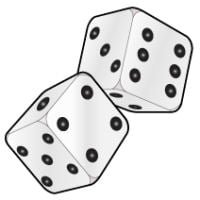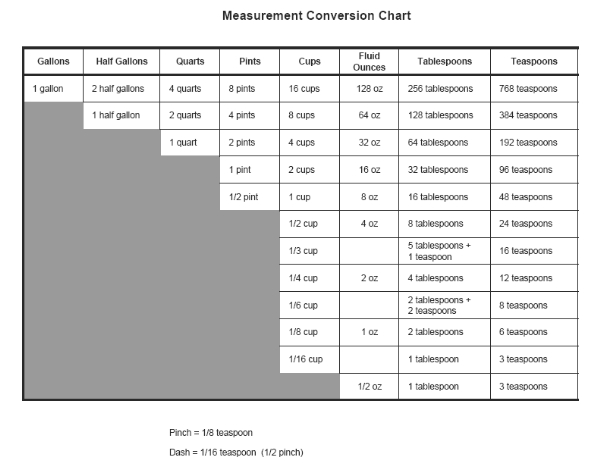Day 1: Light From the lights on trees to the light refracting through church and synagogue windows, the lights of the season make me think about all of the beauty of light. Here's an activity that can get to the science of it all and is made with an old CD, a cracker box, and patience. http://bit.ly/1q728Go
Day 2: Celebration Sugar We all know the holidays have plenty of making merry, and this activity uses chocolate to help us understand wavelengths. Mmmmm.
http://bit.ly/1q72eh5
Day 3: Sculpture We see them in decorations everywhere, but make your own. There's a lot of critical thinking in that process of deciding what is hidden inside the block of soap. Michelangelo said, “In every block of marble I see a statue as plain as though it stood before me, shaped and perfect in attitude and action. I have only to hew away the rough walls that imprison the lovely apparition to reveal it to the other eyes as mine see it.”
Tap your kid's inner ninja turtle, http://bit.ly/1q72X1N
 |
| http://campfirecolumbia.org/about/e-newsletter/soap-carving/ |
Day 4: Recycling Origami This is a great way to use a few of the wrapping paper remnants from a holiday celebration. It also reinforces math concepts in a great way, and you can fold a cone or packet to hold a holiday snack.
 |
| http://www.activityvillage.co.uk/origami-packet |
Day 5: Build Your Own Game Engineering If your tidings of comfort and joy are getting restless, clear the kitchen table and have them design a game that uses yarn balls. To do so, you'll need pom poms out of old yarn. This can even come from a sweater that has seen better days and is destined for the landfill, but it absolutely is about decision making and creation. That's a design win, however you look at it.
Day 6: Song Parody and Rhyming Verse I'm not advocating doing this online while your teen needs to unplug, but your student certainly can with a parody editor like the one found at http://bit.ly/12bOW86 . With parody, an established structure is provided, and writing topical verses pushes students into using higher thinking skills like comparison, creation, and conveying an idea. You know, it's not just Al that can be weird, and that's a good thing. Add a ukulele or another instrument and perhaps the next YouTube sensation will go viral for the New Year.
Day 7: The Recipe Box If it is tough to remember the last time cookies or bars or a savory treat was baked in the oven, maybe it's time to search for the old recipes of your family in a cookbook or index card and start recreating some family heritage memories. Try doubling or cutting the recipe in half for some extra math practice
Day 8: Tinkering and Reverse Engineering New things are always fun, but what to do with those old items that are not in good enough condition to donate or put aside for a garage sale? Here's where reverse engineering can teach skills. Using tools like scissors, screwdrivers, try taking apart the old items and figuring out the order in which they were assembled. Keep a tinkering journal and your observations will help you become stronger in science and writing http://bit.ly/12bRX8p
Now, who wants to dissect an old Elmo plushy?
Day 9: Funky Junk Chandelier Holiday celebration creates a lot of plastic waste in terms of bottles, which can be the basis for dozens of uses for a creative thinker. This project can go in dozens of ways and be hung in a teen room, especially with a 50% off strand of LED lights that will be available in late December. http://bit.ly/12bZhkl
Day 10: Waterproof Sand Chemical coatings are a big part of our world, and Scotchguard is a very common treatment. This simply requires that we coat the sand (outside, for ventilation purposes), let it dry, and then watch it in water. Lots of observation potential, plus an understanding of the word hydrophobic and hydrogen bonds can come from the background knowledge behind this activity. http://abt.cm/12c1zjs
Day 11: Dice Games Most dollar stores have dice at five for two bucks or less. Farkle or Yahtzee might be in your game cabinet, but try some of the many games out there that can help students learn ancient history, probability, math fluency, multiplication, and communication skills. Working with others to decode directions is just one of many skills we want learners to have. http://bit.ly/12c2pN4
 |
| http://www.activityvillage.co.uk/stuck-in-the-mud |
Day 12: Stop Motion Movies I really hesitated about including this, but it's a patience-building experience to create stop motion that can be started on the first day of break and continue throughout. Short movies are so much fun, and they combine creativity, planning, and digital cameras--using technology for creation, rather than consumption of others' ideas.. It's a long way from the Claymation of years-gone-by, but planning a beginning, middle, and end takes time and is a creative synthesis of ideas. Plan on 12-20 pictures for every second of video in a movie and share with your family http://bit.ly/12c030Q




